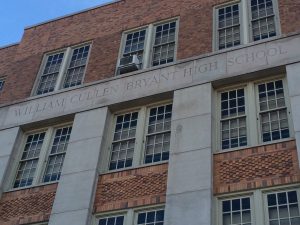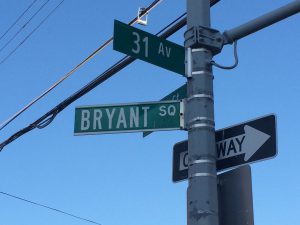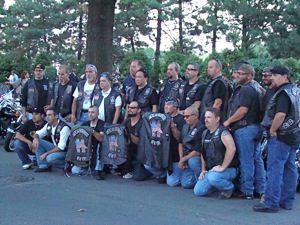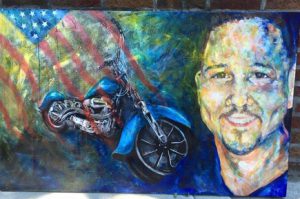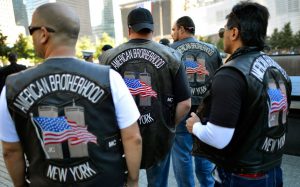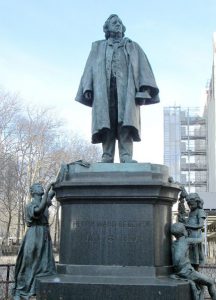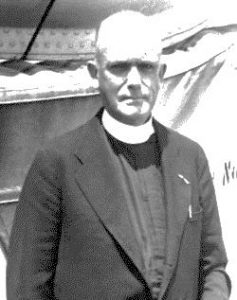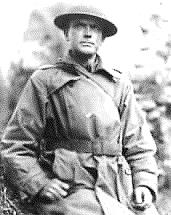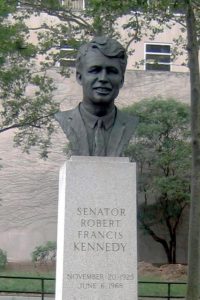William Cullen Bryant was born on November 3, 1794 near Cummington, MA, but moved with his family to a new home when he as just two years old. He developed an interest in poetry in his youth, but unable to finance a Yale education, he was guided to pursue a legal career. He studied law in Massachusetts and was admitted to the bar in 1815. On January 11, 1821, Bryant married Frances Fairchild. From 1816 through 1825, he practiced law in Great Barrington, MA, but moved to New York City in pursuit of a literary career. In late 1825, he became editor of the New-York Review. He also moonlighted with the New-York Evening Post where he rose to the position of Editor-in-Chief and later co-owned the newspaper.
Over the next few decades, Bryant became one of the more liberal voices of his time. He was and early and avid supporter of organized labor, defended religious minorities and immigrants, and promoted the abolition of slavery. He plunged into the foreground of the battle for human rights and continued to speak out against the corrupting influence of certain bankers in spite of numerous threats to his financial status.
He died in 1878 of complications from an accidental fall he suffered after participating in a Central Park ceremony honoring Italian patriot Giuseppe Mazzini. He is buried at Roslyn Cemetery in Roslyn, NY.
In his Give Us the Ballot speech, Martin Luther King Jr. quoted Bryant saying “there is something in this universe which justifies William Cullen Bryant in saying: [Truth crushed to earth will rise again.]”
Bryant is memorialized in several ways and in different locations within New York City. His name is born by Bryant Park, which is adjacent to the New York Public Library. Also, to further honor his contribution to New York, a public high school located in Queens, NY was named after him.
The street sign located in front of was is now known as Bryant High School bears the name of this outstanding New Yorker.

